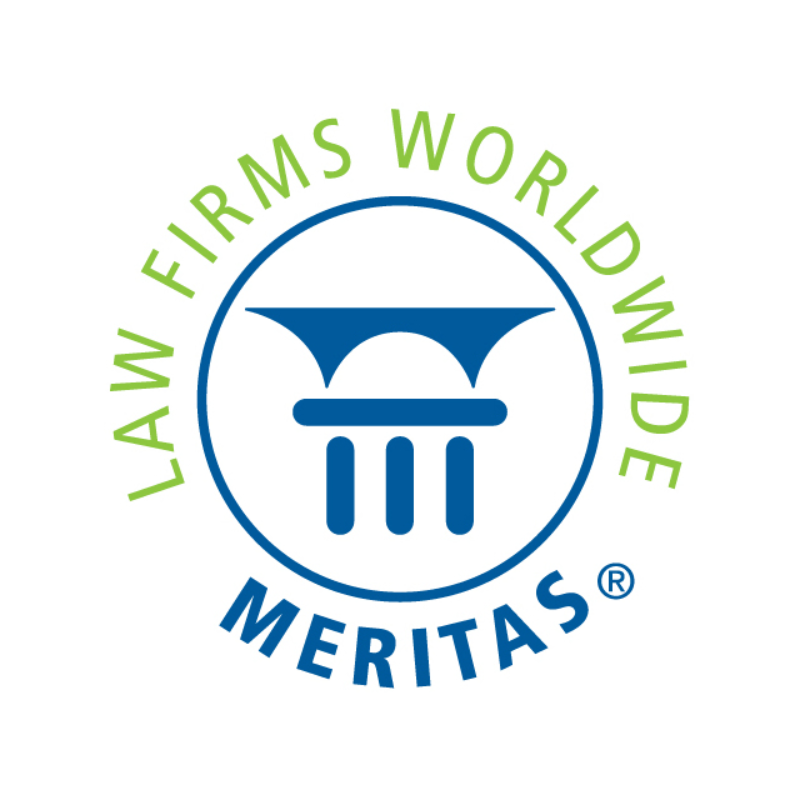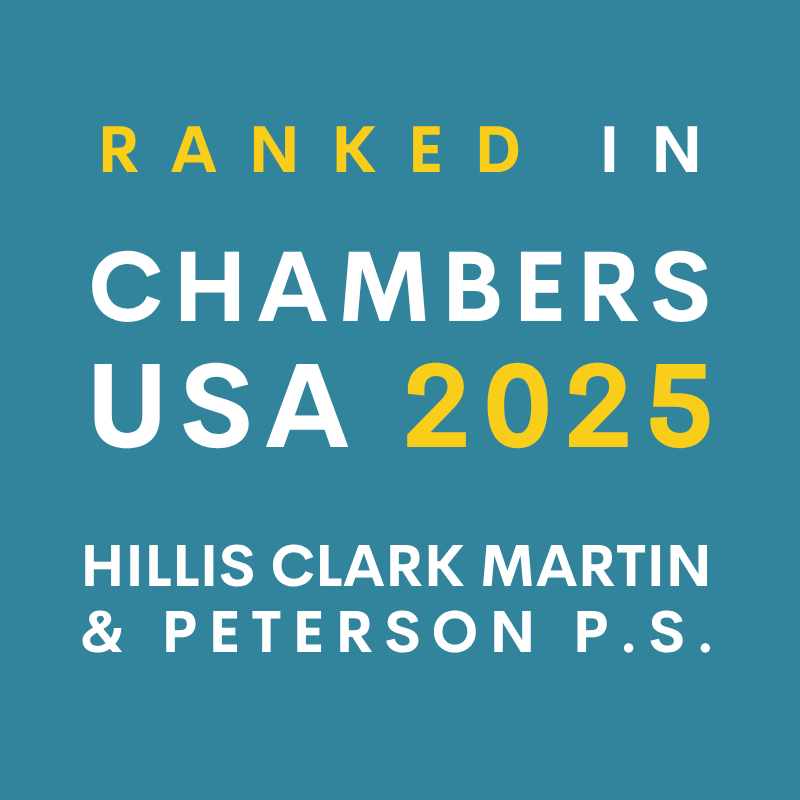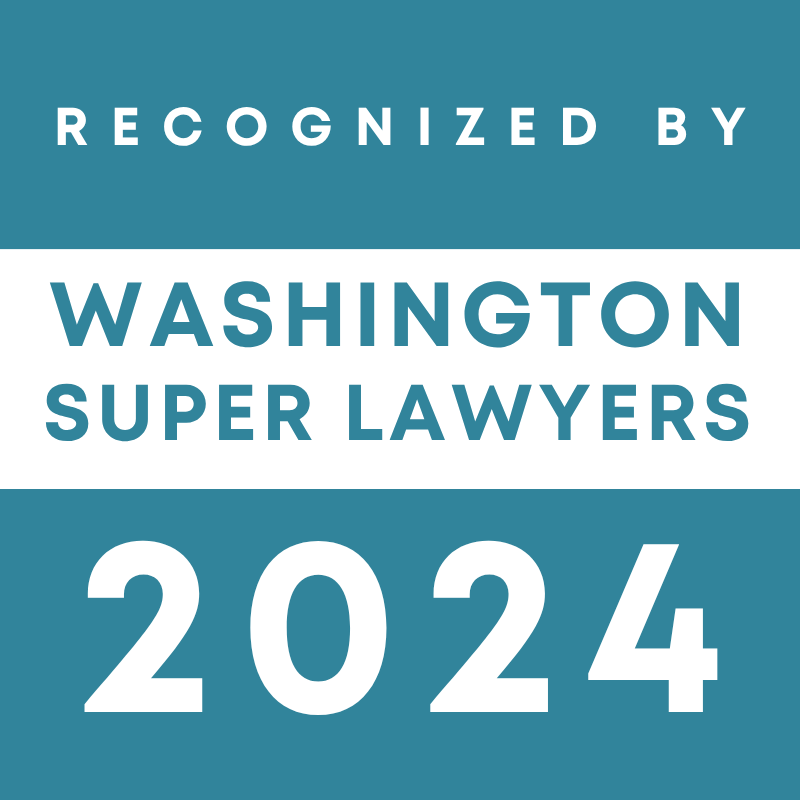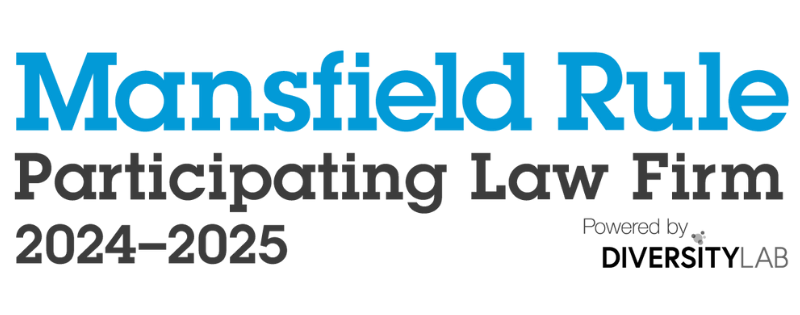Connected to our clients. Reaching a common goal.
HCMP has a stellar roster of clients. We are honored to represent international and national corporations, as well as regional and local businesses, government entities and individuals.
A depth of knowledge across a range of focus areas.
Real Estate, Environmental & Land Use

HCMP Renews Mansfield Certification for 2024-2025
We are excited to announce that HCMP is reaffirming its commitment to Mansfield Certification for 2024–2025. Since...
HCMP News
HCMP’s Business Team Welcomes Elizabeth Breakstone
Land Use/Zoning and Environmental Firms in 2025 Chambers® USA
HCMP Sponsors Habitat for Humanity’s Beyond the Build Annual Luncheon

We know your business and understand your industry, so you can rely on our valuable input, even on the most complex issues.
We offer the strength and depth of a large firm, without sacrificing the personal service and responsiveness you would expect from a smaller firm - and at competitive rates.









